In a companion article, we covered MicroLED display technology which is used in select large-screen video displays, but for small-screen applications, Micro OLED technology is often used.
Tip: The Apple Vision Pro headset uses Micro OLED technology.
What Micro OLED Is
Micro OLED is a technology that utilizes microscopic-sized OLED pixels for displaying images. A Micro OLED pixel contains three subpixels that natively emit light that then passes through red, green, and blue color filters. The pixels also contain the image information. Each Micro OLED pixel can be brightened, dimmed, or turned on and off.

Conceptually, Micro OLED technology is similar to OLED TV technology. However, the microscopic self-emitting organic OLED pixels are much, much smaller. They are even smaller than those used in iPhones (which are also smaller than those used for large-screen TVs). Also, instead of a single display panel used for OLED TV applications, the Micro OLED pixels are placed on much smaller silicon wafers that are usually less than 1-inch in size.

Tip: LTPS stands for Low-Temperature Polycrystalline Oxide.
Micro OLED displays are also referred to as a type of Near Eye Display (NED) technology. The microscopic-sized pixels used, in combination with small silicon wafers, allow for high-resolution screens that are very small. As a result, the viewer doesn’t see, or get distracted, by the actual pixels as their microscopic size makes them not individually visible.

Tip: Micro OLED is not the same as MicroLED which uses non-organic microscopic size non-organic LED lightbulbs as the pixels.
Micro OLED Display Features
Here is a quick rundown of Micro OLED Display features.
- Tiny, Tiny Pixels: Millions of pixels can be placed on a silicon wafer about 1-inch in size.
- Resolution Capability: SD, HD, 2K, 4K, and 8K resolutions are supported at the discretion of the manufacturer.
- Short Distance High Light Output: Micro OLED can output produce up to 1,000 to 5,000 Nits depending on the micro OLED panel used. This also provides support for HDR.
- Absolute Black: Just as with large-screen OLED panels, micro OLED panels can display absolute black.
- Motion: Low latency and high refresh rate support without additional motion smoothing/processing such as frame interpolation or black frame insertion. This makes it compatible with gaming response needs for gaming.
- Viewing Options: 2D and 3D viewing capabilities can be implemented at the discretion of the manufacturer.
- Energy Efficient: With their small size and efficiency, battery drain is lessened.
- Weight: No significant weight due to their extremely small size and silicon wafer construction.
Micro OLED Applications
While MicroLED technology is used in large screen applications by placing the pixels on a large panel (or small/medium sized modular panels), Micro OLED technology is targeted for use in small screen near-to-eye applications such as:
- AR/VR Headsets (such as the Apple Vision Pro)
- Smart Glasses/Goggles
- Electronic Viewfinders in digital still and video cameras, monocular and binocular scopes, and industrial microscopes
- Drone driving headsets
- Medical headsets for surgery support
- Assistive glasses for the vision impaired
Why Micro OLED is not used in TVs
Micro OLED makes a lot of sense for smaller displays but doesn’t work for any devices larger than, say a few inches. Not only would the number of Micro OLED pixels needed for a large screen TV number in the millions, but the number of silicon wafers used to hold micro OLEDs would number in the thousands. The cost of manufacturing Micro OLED chips limits production output. Also, the cost of a large-screen display using Micro OLED would be prohibitively expensive even for many wealthy consumers. In addition, limiting micro OLED production yields maintains quality control.

Limiting Micro OLED to near-to-eye small-screen applications allows a number of those being produced to be used in more products at a lower cost.
Tip: Micro LED has similar production issues, as evidenced by the limited number of displays offered as well as extremely high prices for consumers.
Related Reading







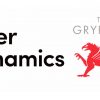









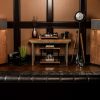








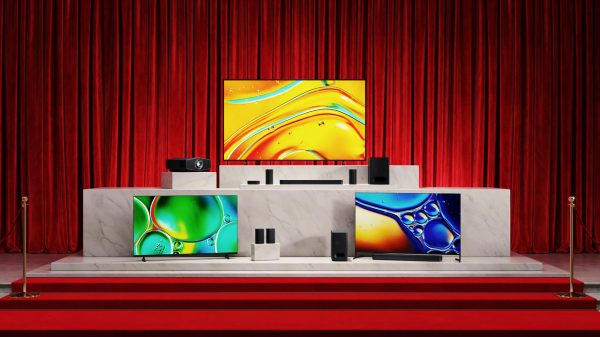



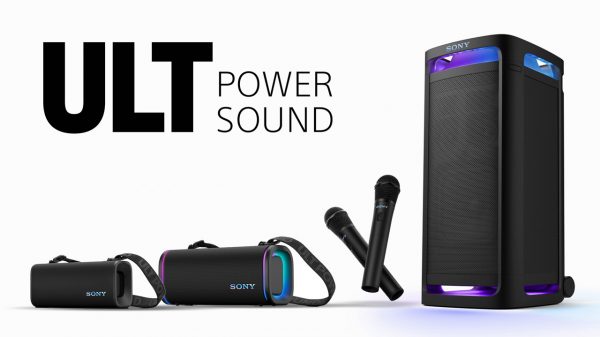
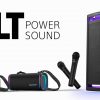
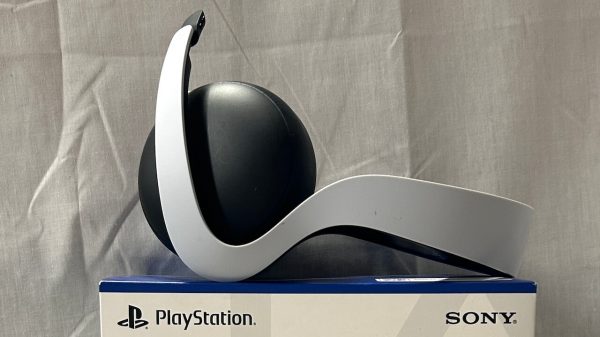
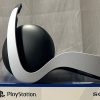
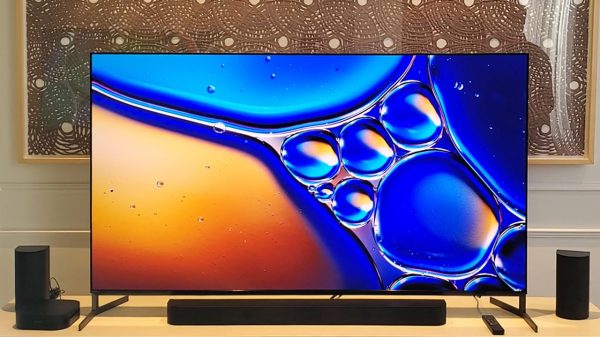

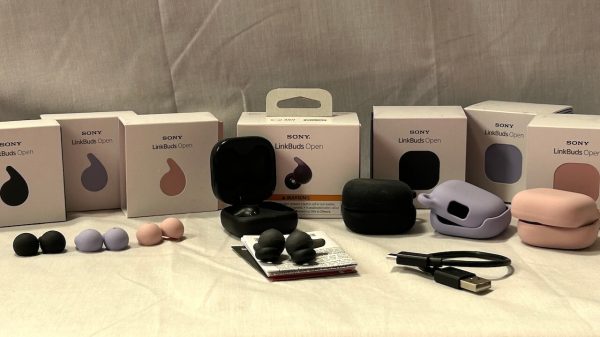
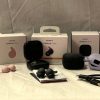
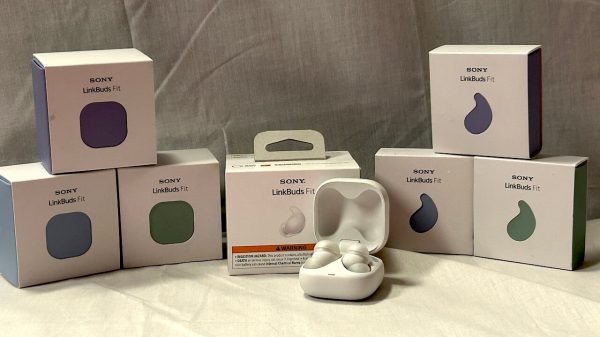
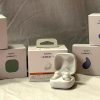
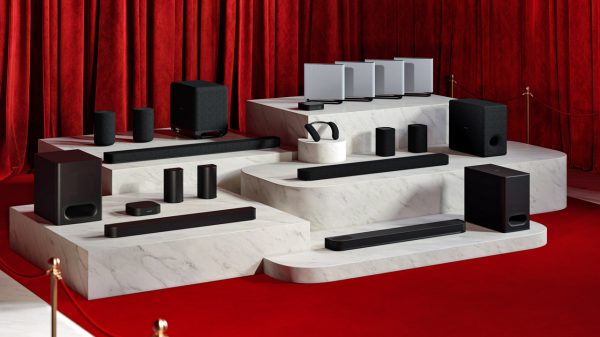












ORT
June 17, 2023 at 2:20 pm
My older brother still has his Panasonic 50″ Plasma and continually resists my attempts to bring him and his most excellent wife into the present. It does look great though…I just gave them the remained of the MLB TV season and they are watching it in HD so they’ve got that going for them…Which is nice. They are both tremendous baseball enthusiasts. Me? I loathe all sports. 😉
About 2 or so years ago I gave our 50″ Panasonic Plasma to a good friend whose TV had gone the way of the Dodo and she likes it very much!
It would perhaps, take some vibrant proprietary tech to bring Panasonic back into the American market. Something no one else has or could ripoff.
ORT
Ian White
June 17, 2023 at 3:20 pm
ORT,
I still have a ZT50 Panny in my office. How does one loathe all sports? Especially hockey. I’ve taken more than a few dozen pucks off the mask over the years. Explains a lot.
Ian Sawchuk
ORT
June 17, 2023 at 2:31 pm
Could fApple become the “Terror of Tiny Town TVs” with this innovative none invasive incredibly impressive and independently inspirational itty-bitty OLED of diminutive size?
WTF? Indeed, sir.
Maybe. I dunno but then I have yet to watch a complete film on my cell phone.
Gotta go as the beautiful “Paris Sisters” just came up! The WayBack Machine beckons.
ORT
Ian White
June 17, 2023 at 3:22 pm
ORT,
I think the AR/VR headset will become more mainstream when the price is more affordable. Spending $3500 on this is insane right now. I also know that Apple is already working on the “lite” version of this. If Apple can bring this experience with the right apps to market for under $500 — ballgame over for Google or Meta in the category. They will be players but Apple will sell millions of these. I will continue to resist. The real world in front of us is still preferable.
IW
ORT
June 17, 2023 at 4:16 pm
Ian, Amen!
As for sports, recently one of my brothers got me to watch 2 or 3 (can not recall it is all a blurrrr…) entire Hockey games. I found it better paced than baseball but I really hate football and that in spite of our daughter having been a “Charger Girl” a few years ago.
I did not attend a single game but my wife and her bestest friend did. I would say more but I have bored the readership enough!
ORT not spORTs 😉